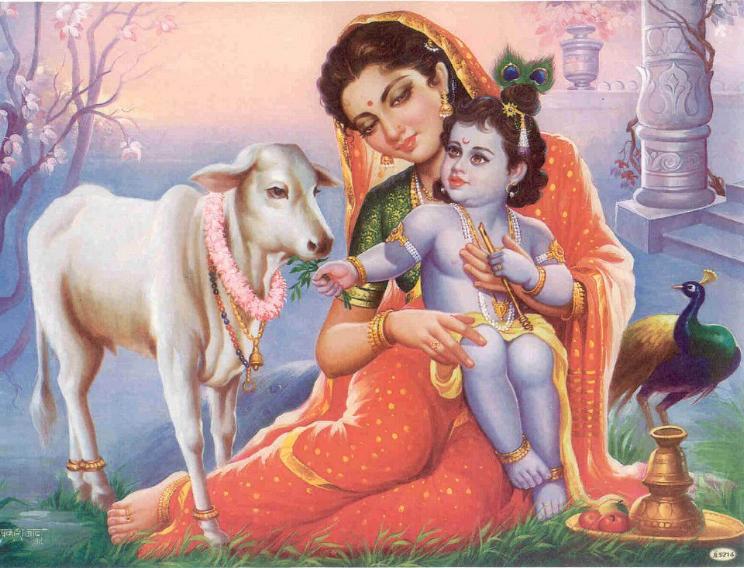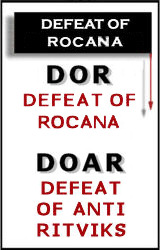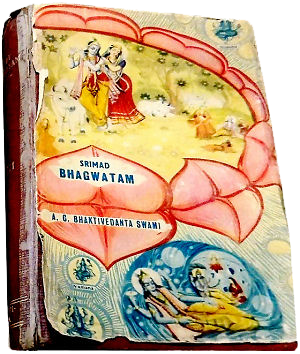[…] At some point in the 1950’s, producers and consumers decided that fat-separation in the milk was undesirable, which gave way to a process called homogenization. This process effectively reduces the fat molecules in milk to a size capable of being suspended in the fluid for its useful life.
This process has had, according to some experts, an important deleterious consequence, e. g; homogenization makes the fat molecules so small that in binding to the milk protein they are capable of leaving the stomach thru its lining before digestion is complete.
These undigested proteins circulate and accumulate in the cell membranes throughout the body and become an irritant, which with repeated exposure manifests as allergy (doshic reaction). Hence milk intolerance is widely reported. In Ayurvedic parlance, the milk (fat) has acquired subtlety (sukshma gu¦a), which attribute makes it difficult to digest and to eliminate.
In India the Brahma cow, Bos indicus (the likely source of milk referred to in the ancient texts), is not at all the same animal as a Jersey or Guernsey of US herds (Bos taurus). The Brahma cow has a much more muscular look to it and can in fact perform work tasks. There is an Ayurvedic dictum: To know the animal is to know its products.
Hence the milk/ fat content, etc of these Brahma cows is quite different than that of the Jersey cow. There is a trend in India to cross-breed these types for the enhanced butter fat content and for their cheaper feeding requirements. This act materially changes the nature of the milk produced and crucially, its digestibility. Digestibility is in fact the central issue around all foods.
Thus, while the Ayurvedic texts extol the virtue of cow’s milk, we need to ask also, what / whose milk.. Ayurveda says cows milk is one of the best foods–unfortunately, because the Brahma cow of India does not produce the same product as the many types of cows of the US. butterfat content is only one aspect. Full Article








Speak Your Mind